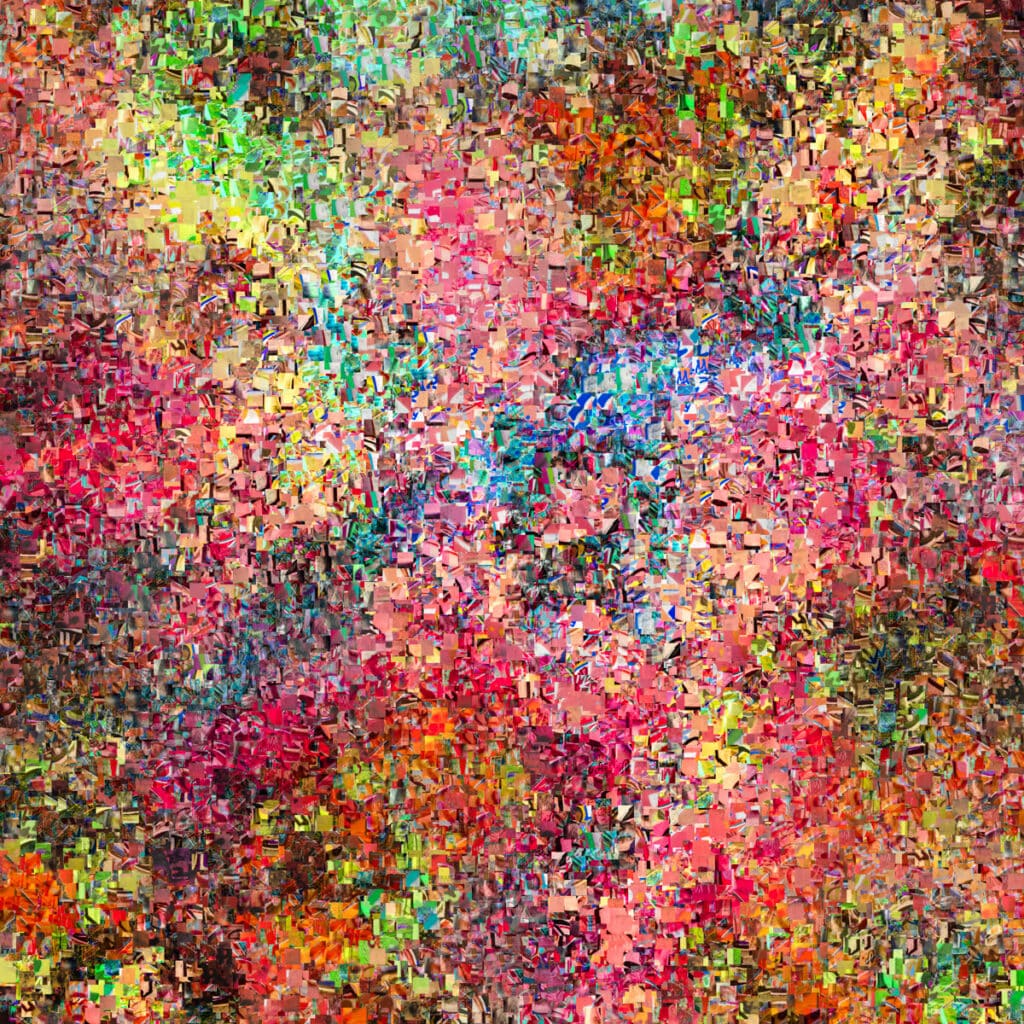I’m not sure that further time spent with this camera is going to teach me much. I have the GFX 100 II, and the comparison to the S version is pretty simple:
- Fixed EVF on the S version, so the tilting EVF adapter can’t be used
- S version EVF is lower resolution, but that doesn’t affect one’s ability to use the finder to make good images
- S version is a bit smaller and lighter
- S version takes only SD cards. No CFexpress slot.
- Same sensor, same image quality
- S version 14-bit raw precision available in CH5 and CL drive modes with EFCS and MS.
- S version has no CH8 drive mode
- With ES on, frame rates are slower than with the GFX 100 II.
- One stop lower shutter speed for the S version. (But I question the utility of 1/32000 second ES)
- Smaller frame buffer, slower buffer emptying on the S version
- Some video differences to which I pay no attention
- Top panel display is smaller and has less information on the S version
- S version is quite a bit cheaper
As far as I can tell, that’s essentially it. My advice is, if you want to save some money, don’t care having to use SD cards, don’t need the tilt adapter for the finder, don’t care about the slightly higher resolution EVF, go for the S version of the camera.

I’m going to stick with my GFX 100 II.
KSR says
I cant see GFX100s II on photonstophotos website.
Tom says
that’s normal for 2 reasons:
1. they always take much time for reviewing / testing
2. especially when it seems clear that (since the 100s ) the same sensor is used, which dent promise any new inspiration etc
padam says
I’ve read that the GFX 100 II uses a HS version of the 102MP sensor, but I haven’t seen readout speed measurements between that and this model.
JimK says
The GFX 100 II and the GFX 100S II use the same sensor.
Steve The Duck says
The sensor in the GFX 100 II is a high speed version.
It’s the “GFX 102MP CMOS II HS”, according to Fujifilm.
JimK says
You’re asserting that the sensors in the GFX 100 II and GFX 100S II are different? And you’re basing that assertion on what Fujifilm marketing, which has had a loose association with the truth in the past, is saying?
Then why are all my measurements of the sensor, including readout speed, the same between the two.
Bo says
So the bottleneck isn’t the chip read out speed but the cf card slot so to speak. I have heard that the II has faster tethering to capture one than the S II .
Gallant says
Thank you for all your dedicated work Jim!
Very helpful, will be getting a 100S II.